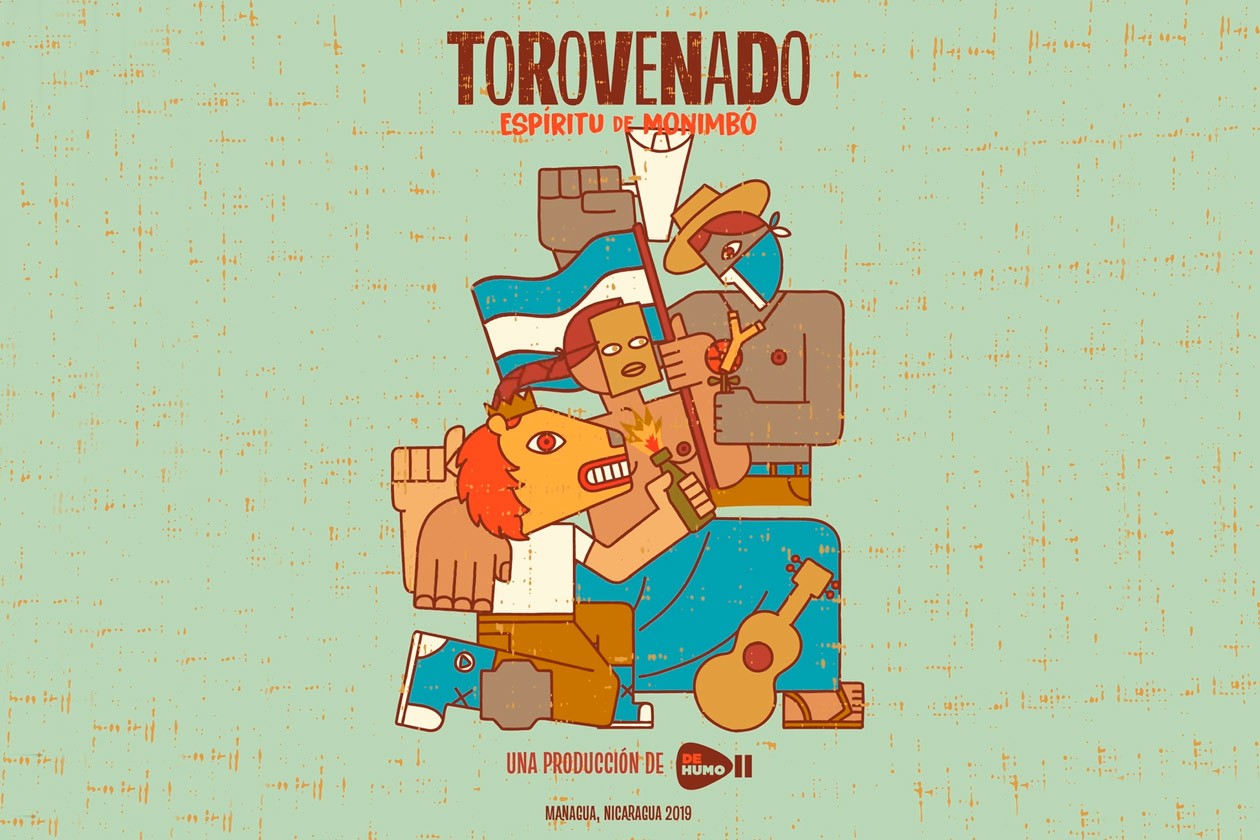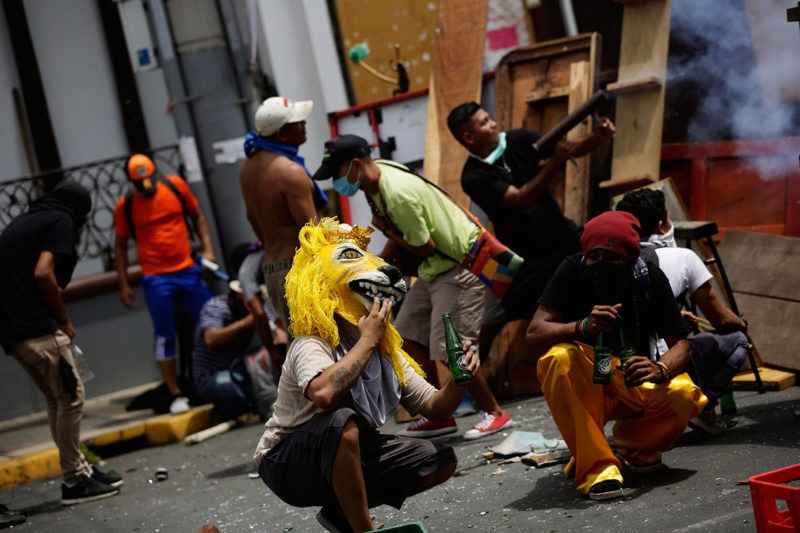New Documentary on Monimbo, Nicaragua’s Rebellious Spirit (Video)

This audiovisual work analyzes the unique way in which the inhabitants of this indigenous neighborhood protest against government repression.
By Franklin Villavicencio (Confidencial)
HAVANA TIMES – During the rebellion that began in April of 2018, images of Masaya’s rebels electrified Nicaragua’s population and were the subject of headlines in international newspapers.
The residents of Monimbo – a Sandinista bastion during Nicaragua’s 1979 revolution – carry the tradition of resistance in their blood; and beginning in April of 2018, they rose up once again, constructing barricades during protests against Daniel Ortega’s regime. Their dances, humor and traditions became a form of resistance, and are explored in this documentary about Monimbo, entitled “Torovenado*, Espíritu de Monimbó” (Torovenado, Spirit of Monimbo).
The documentary, with a 10 minute, 13 second duration, explores some of these facets of Monimbo, in collaboration with its residents and specialists in cultural studies. Directed by Tania Ortega and distributed by De Humo TV, this short explores Masaya’s “unique resistance” through an analysis of traditions, such as the Torovenado.
“I realized that there was a collective spirit. And then I realized that it is a way of life in Masaya, and of Monimbó residents in particular,” comments its director.
Creative Resistance in Monimbó
The piece begins with a short description of the Torovenado tradition by writer Erick Blandón, who emphasizes its basis in anarchy. The people of Masaya dedicate one day every year to ridiculing those in power. During the April 2018 rebellion, this rascally and rebellious attitude was predominant and was a unique way of resisting dictatorial repression.

Addis Díaz, a specialist in signage, asserts in the documentary that the residents of Masaya became creative and reimagined the concept of a barricade. As the repression became more intense, the defenseless residents built dozens of barricades in their neighborhoods, to prevent incursions by police and paramilitary gangs acting on behalf of the regime. The residents also gave the barricades an individualized touch: they wrote names and grafitti on them and used them as altars.
Díaz points out the importance of the masks as another example of the unique elements within Masaya’s civic struggle.
“This work is to preserve a historical record. There is one photograph that was transcendental for me, as a creator/director – Esteban Felix’s photograph of rebels using lion and tiger masks. For me, it provided another way of reflecting the Torovenado spirit,” adds Tania Ortega.
A documentary for historical record
The idea of this documentary about Monimbo originated with a few questions in the mind of its creator, who asked why those from Masaya resist in this way, unlike those in other small towns in Nicaragua.
“Towns like this, smaller and more indigenous, have born the brunt of the conflict, and their way of resisting is to self-organize. That is, to join together and come to agreement in collective spontaneity,” says the director.
Tania Ortega feels that this production represents part of the historical record of this civic rebellion. It also provides an opportunity to analyze the voice of self-organized peoples. “Many times, we find ourselves analyzing the point of view of the business sector, of organizations, of those who wield power; and not of those who are wiser, i.e. the people,” she explains.
“Although historic events are being reported, the concept of conducting an analysis of events that might remain present for much longer than a headline, and leave something for historical record, was fundamental for us,” says the director.
This documentary on Monimbó contains a few symbolic moments in the struggle of the residents of Masaya, such as the viral video of “Commander Red Riding Hood” or “Captain Monimbo”, who displayed his repudiation of the Daniel Ortega regime, saying that the regime wasn’t welcome in the historic, indigenous neighborhood that rose up against the dictatorship of Anastasio Somoza Debayle.
*The Torovenado is a mythological creature that symbolizes satirical protest of authority in Nicaragua






Nicaragua is such a sad case… Look at Chile, at Bolivia, at Ecuador, at others. In these countries, the people are regaining or have regained the prominence. But, Nicaragua? The vast majority of the people have laid down and gone to sleep. In the mean time, Ortega is doubling and redoubling his repression.
Wake up, Nicaragua. Your time is NOW!